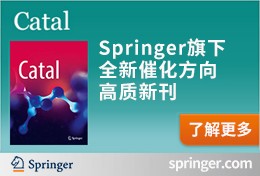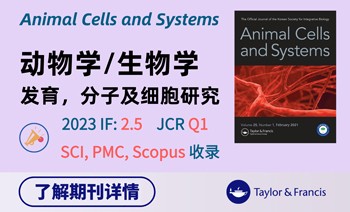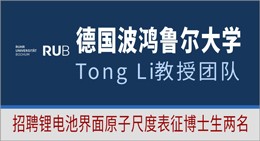Nature ( IF 50.5 ) Pub Date : 2023-10-25 , DOI: 10.1038/s41586-023-06566-8
Yueze Gao 1 , Florian Albrecht 2 , Igor Rončević 1, 3 , Isaac Ettedgui 1 , Paramveer Kumar 1 , Lorel M Scriven 1 , Kirsten E Christensen 1 , Shantanu Mishra 2 , Luca Righetti 4 , Max Rossmannek 4 , Ivano Tavernelli 4 , Harry L Anderson 1 , Leo Gross 2
|
|
Synthetic carbon allotropes such as graphene1, carbon nanotubes2 and fullerenes3 have revolutionized materials science and led to new technologies. Many hypothetical carbon allotropes have been discussed4, but few have been studied experimentally. Recently, unconventional synthetic strategies such as dynamic covalent chemistry5 and on-surface synthesis6 have been used to create new forms of carbon, including γ-graphyne7, fullerene polymers8, biphenylene networks9 and cyclocarbons10,11. Cyclo[N]carbons are molecular rings consisting of N carbon atoms12,13; the three that have been reported to date (N = 10, 14 and 18)10,11 are doubly aromatic, which prompts the question: is it possible to prepare doubly anti-aromatic versions? Here we report the synthesis and characterization of an anti-aromatic carbon allotrope, cyclo[16]carbon, by using tip-induced on-surface chemistry6. In addition to structural information from atomic force microscopy, we probed its electronic structure by recording orbital density maps14 with scanning tunnelling microscopy. The observation of bond-length alternation in cyclo[16]carbon confirms its double anti-aromaticity, in concordance with theory. The simple structure of C16 renders it an interesting model system for studying the limits of aromaticity, and its high reactivity makes it a promising precursor to novel carbon allotropes15.
中文翻译:

双反芳香碳同素异形体的表面合成
石墨烯1 、碳纳米管2和富勒烯3等合成碳同素异形体彻底改变了材料科学并催生了新技术。人们已经讨论了许多假设的碳同素异形体4 ,但很少进行实验研究。最近,动态共价化学5和表面合成6等非常规合成策略已被用来创造新形式的碳,包括 γ-石墨烯7 、富勒烯聚合物8 、联苯撑网络9和环碳10,11 。环[ N ]碳是由N个碳原子组成的分子环12,13 ;迄今为止已报道的三种( N = 10、14和18) 10,11是双重芳香的,这提出了一个问题:是否有可能制备双重反芳香版本?在这里,我们报告了通过使用尖端诱导的表面化学来合成和表征反芳香碳同素异形体环[16]碳6 。除了原子力显微镜的结构信息之外,我们还通过扫描隧道显微镜记录轨道密度图14来探测其电子结构。环[16]碳中键长交替的观察证实了其双重反芳香性,与理论一致。 C 16的简单结构使其成为研究芳香性极限的有趣模型系统,其高反应性使其成为新型碳同素异形体的有前途的前体15 。































 京公网安备 11010802027423号
京公网安备 11010802027423号